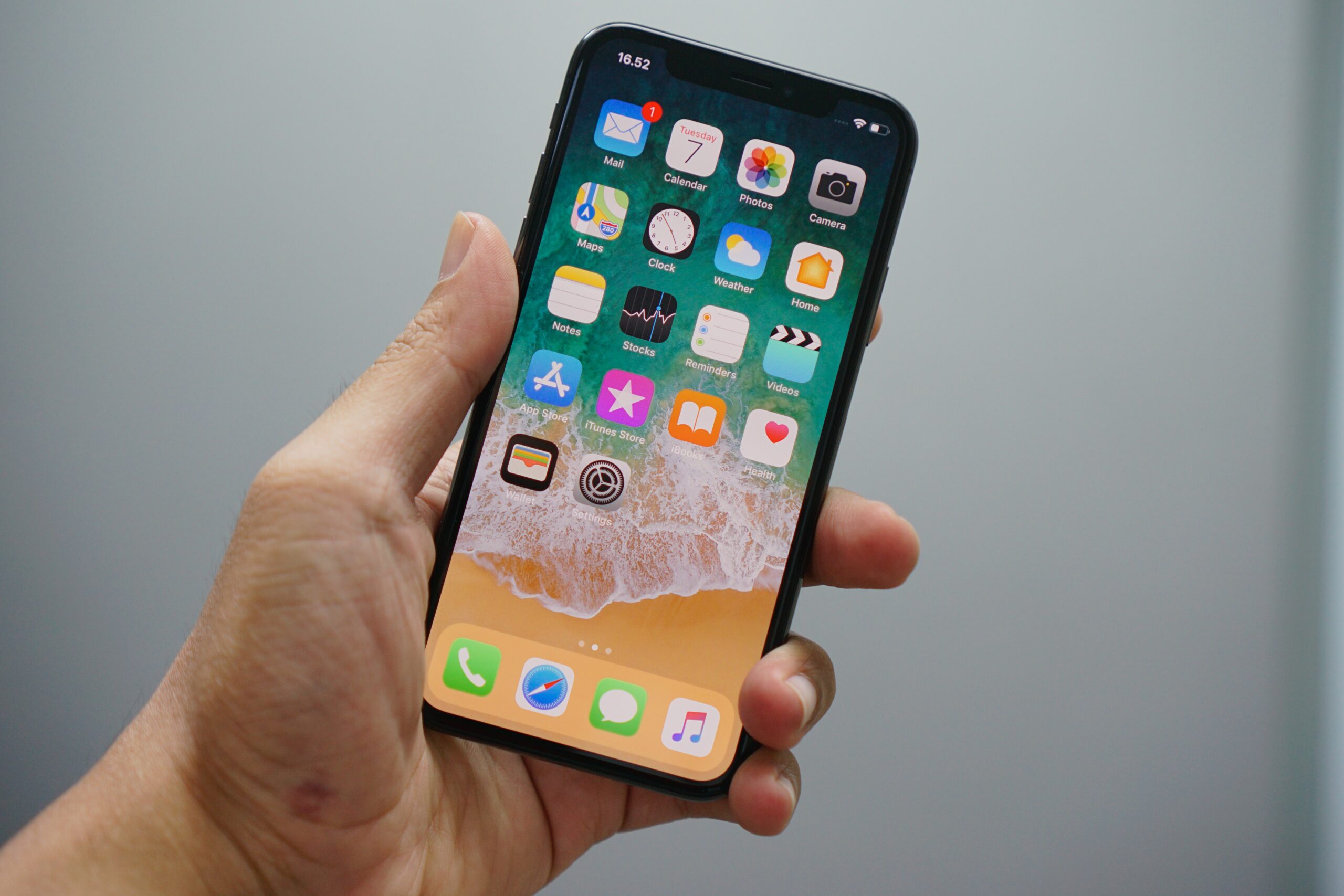Over the past decade, the iPhone has become an iconic device that has transformed the way we communicate, work, and live. With each new iteration, Apple has pushed the boundaries of innovation, introducing groundbreaking features and setting new standards for smartphones.
The story of the iPhone begins in 2007 when Steve Jobs unveiled the first-generation iPhone, a device that combined a revolutionary touchscreen interface with a sleek design. This marked the beginning of a new era in mobile technology, as the iPhone offered a level of functionality and user experience that was unparalleled at the time.
With the release of the iPhone 3G in 2008, Apple introduced support for 3G networks, enabling faster internet browsing and downloading speeds. This was followed by the iPhone 3GS in 2009, which brought improved performance and a higher-resolution camera.
In 2010, Apple introduced the iPhone 4, a device that featured a stunning Retina display with a pixel density that was unprecedented in the industry. This was also the first iPhone to include a front-facing camera, paving the way for video calls and the rise of selfie culture.
The iPhone 4S, released in 2011, introduced Siri, a voice-activated virtual assistant that revolutionized the way we interact with our smartphones. Siri could perform tasks, answer questions, and even engage in witty conversations, making our iPhones more personal and intuitive.
In 2012, Apple unveiled the iPhone 5, which featured a larger display and support for 4G LTE networks. This was followed by the iPhone 5S and iPhone 5C in 2013, with the former introducing Touch ID, a fingerprint sensor that provided enhanced security and convenience.
The iPhone 6 and iPhone 6 Plus, released in 2014, marked a significant shift in Apple’s design philosophy, as they featured larger displays and a thinner profile. These devices also introduced Apple Pay, a mobile payment system that allowed users to make purchases using their iPhones.
In 2015, Apple launched the iPhone 6S and iPhone 6S Plus, which introduced 3D Touch, a pressure-sensitive display technology that enabled new ways of interacting with apps and content. The following year, the iPhone 7 and iPhone 7 Plus were released, featuring water resistance and improved cameras.
With the iPhone X in 2017, Apple introduced a radical redesign that eliminated the home button and introduced Face ID, a facial recognition system that offered a new level of security and convenience. This marked the beginning of the era of edge-to-edge displays and gesture-based navigation.
In recent years, Apple has continued to innovate with the release of the iPhone XS, iPhone XS Max, and iPhone XR, all of which feature advanced cameras, powerful processors, and improved battery life. The latest addition to the iPhone lineup is the iPhone 11, which boasts an impressive camera system and enhanced computational photography capabilities.
As we look to the future, it is clear that the iPhone will continue to evolve and redefine what is possible in mobile technology. With each new generation, Apple will undoubtedly introduce new features and technologies that will shape the way we live and work.


